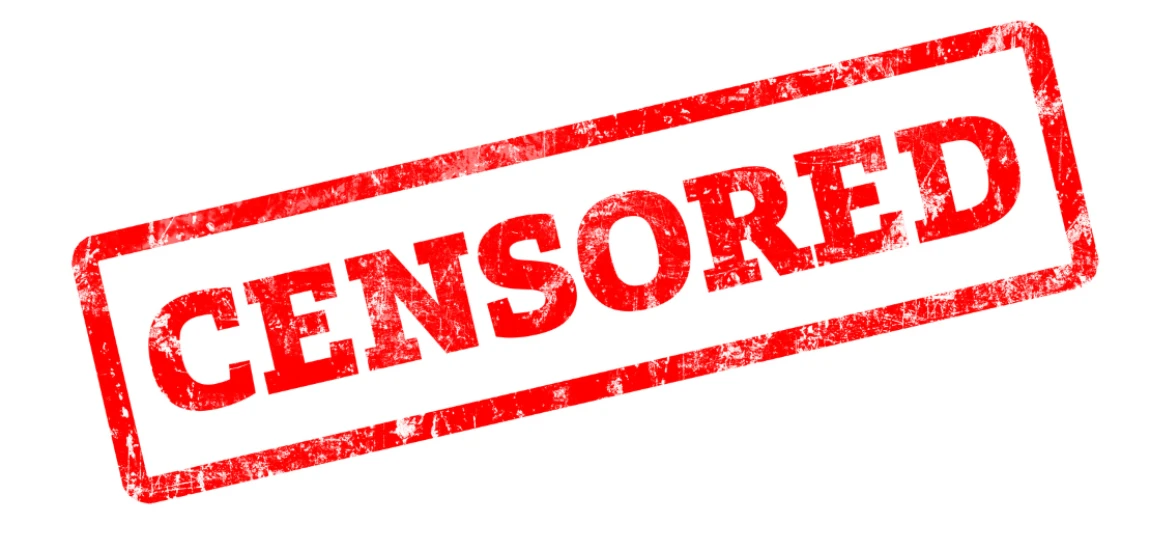Censored for Export: How Global Platforms Are Quietly Editing Content for Different Markets

The globalization of streaming has brought diverse audiences closer together, but it has also introduced a subtle form of content manipulation known as censored for export. As platforms expand into new markets, content is frequently edited to comply with local regulations, cultural norms, and market expectations. This practice raises questions about artistic integrity, audience perception, and the balance between global reach and authenticity.
The Mechanics of Censored Content

How Platforms Modify Content
Global streaming services like Netflix, Amazon Prime, and Disney+ often alter scenes, dialogue, or entire episodes to adhere to regional guidelines. Changes can range from removing politically sensitive material to editing sexual content, violent scenes, or culturally controversial references. These edits aim to make content palatable for a wider audience while avoiding legal penalties.
Regulatory Compliance
Different countries maintain strict censorship laws. For example, China imposes rigorous guidelines on political content and depictions of sexuality, while some Middle Eastern countries regulate portrayals of religion and morality. Platforms must navigate these regulations carefully, often creating region-specific versions of their shows and films.
Impact on Creators
Censorship for export can affect the creative vision of filmmakers and showrunners. Scenes intended to convey important narrative elements may be altered or removed, potentially changing the story’s meaning. Some creators negotiate with platforms to minimize edits, but in many cases, compromises are inevitable to access lucrative markets.
Motivations Behind Content Censorship

Economic Incentives
Expanding into global markets offers substantial revenue opportunities, but compliance with local censorship is often non-negotiable. Editing content ensures platforms can enter these markets and attract subscribers without legal or political backlash. The financial incentives can outweigh concerns about altering artistic intent.
Audience Sensitivities
Cultural sensitivities influence content modifications. Material considered acceptable in one country may offend audiences elsewhere. For instance, humor, depictions of relationships, or political commentary can vary widely across regions. Platforms tailor content to resonate with local viewers and avoid negative reactions.
Strategic Brand Management
Maintaining a positive brand image across diverse markets is crucial. Platforms often preemptively edit content to align with local norms, minimizing controversy and reinforcing brand trust. This approach helps prevent boycotts, regulatory fines, or public relations crises in sensitive regions.
Case Studies of Regional Edits

Netflix in Asia
Netflix has faced criticism for editing shows to comply with Asian censorship standards. Scenes involving LGBTQ+ relationships, explicit content, or political references are often altered. While these edits allow continued market access, they spark debates about representation and authenticity.
Disney+ in the Middle East
Disney+ adapts its content for Middle Eastern audiences by editing or omitting depictions of romance, certain outfits, or themes considered inappropriate. These changes enable global reach but sometimes provoke backlash from viewers accustomed to unedited versions.
Hollywood Films Abroad
Major studios frequently release different versions of blockbuster films to satisfy local regulations. In some cases, entire plot points are modified or removed, demonstrating how economic and regulatory pressures shape global entertainment.
The Consequences of Censored Export

Creative Compromise
Editing content for export can dilute storytelling and character development. Key narrative elements may be lost or altered, reducing the overall impact of a film or series. Creators must balance authenticity with market accessibility, sometimes sacrificing vision for broader reach.
Viewer Perception and Trust
Audiences may feel misled when content differs between regions. Awareness of censorship can erode trust and provoke debates about transparency, fairness, and respect for cultural diversity. Viewers increasingly seek information about edits to understand the full creative intent.
Cultural Homogenization
Censorship for export can contribute to cultural homogenization, where content is standardized to avoid offending anyone. This reduces the opportunity for authentic cultural exchange and limits exposure to diverse perspectives, potentially impacting global storytelling richness.
Navigating Censorship: Strategies for Platforms and Audiences

For Platforms
Transparency is key. Clearly indicating edited content and providing uncut versions where possible can build audience trust. Platforms can also engage local consultants to ensure edits respect cultural norms without compromising core storytelling.
For Creators
Negotiating with distributors about what can or cannot be altered is essential. Creators can advocate for minimal edits, employ symbolism, or craft narratives adaptable to multiple cultural contexts, maintaining integrity while reaching global audiences.
For Viewers
Audiences can educate themselves about regional differences and seek unedited versions through legal channels. Engaging in discussions, supporting creative integrity, and providing feedback to platforms helps shape future content practices.




